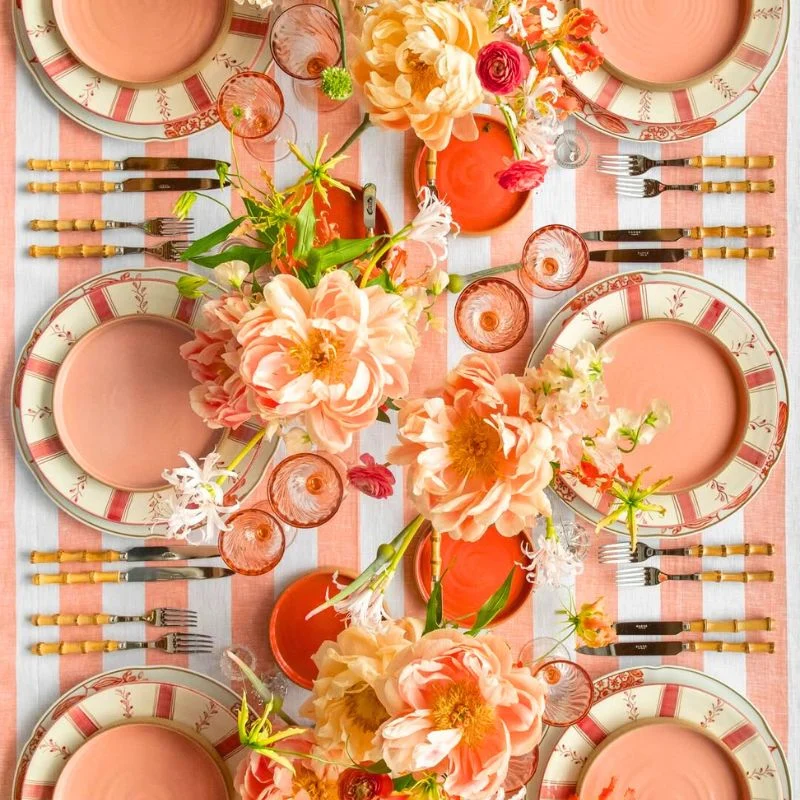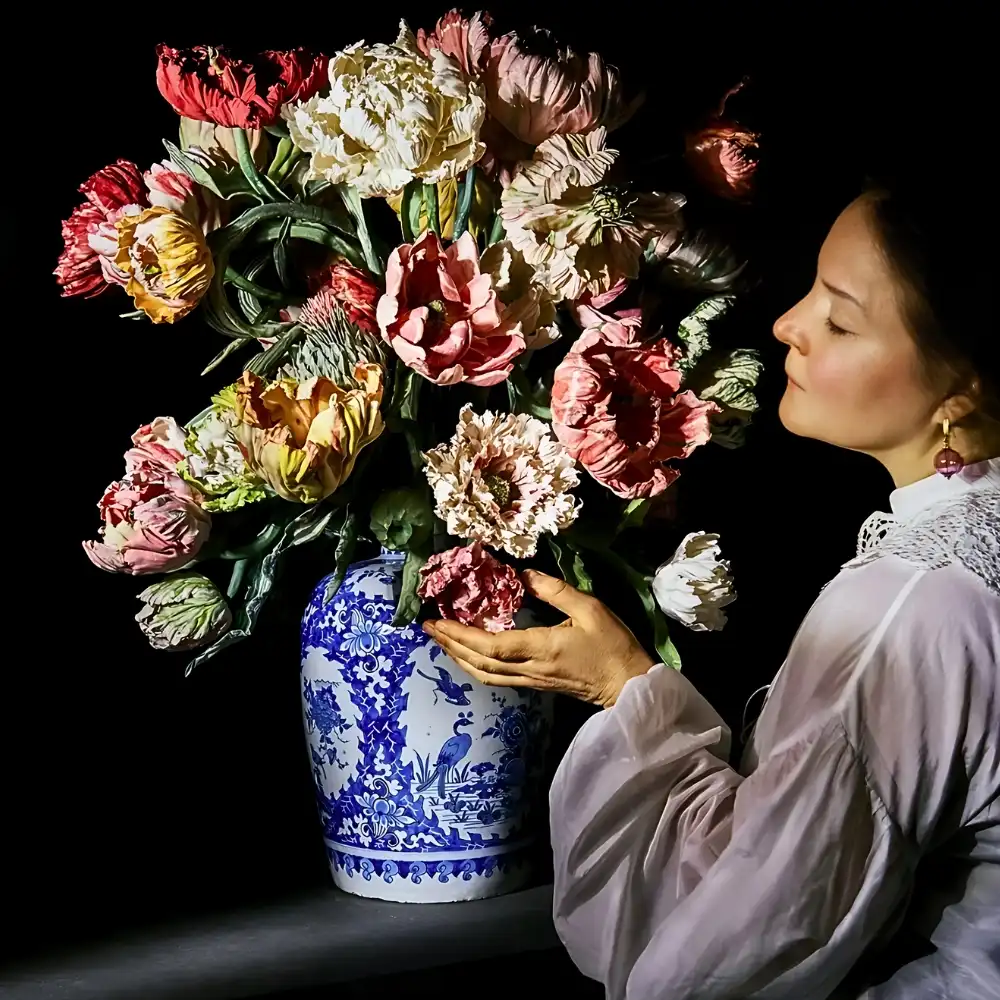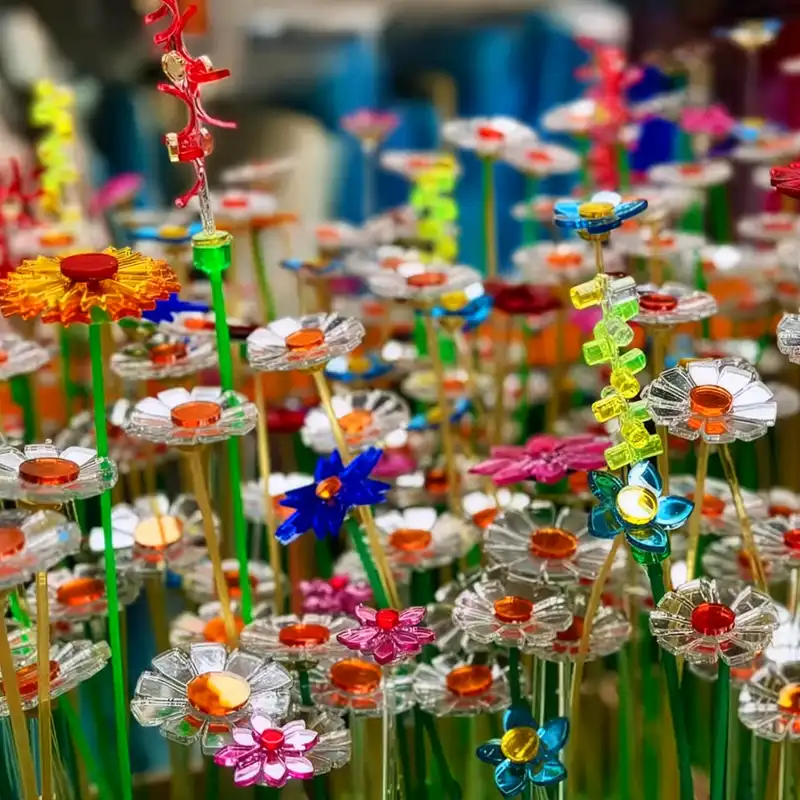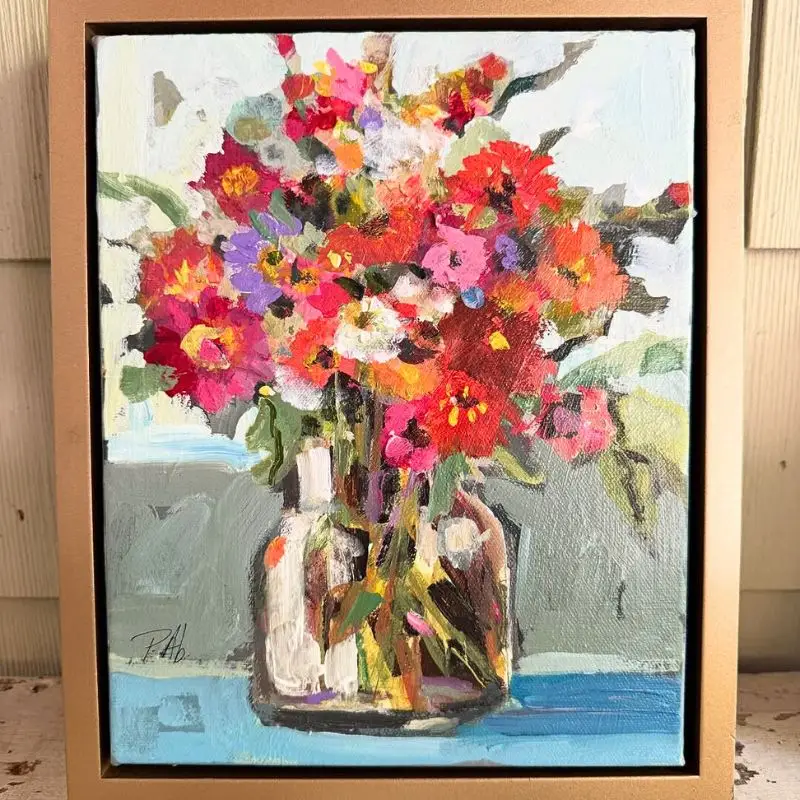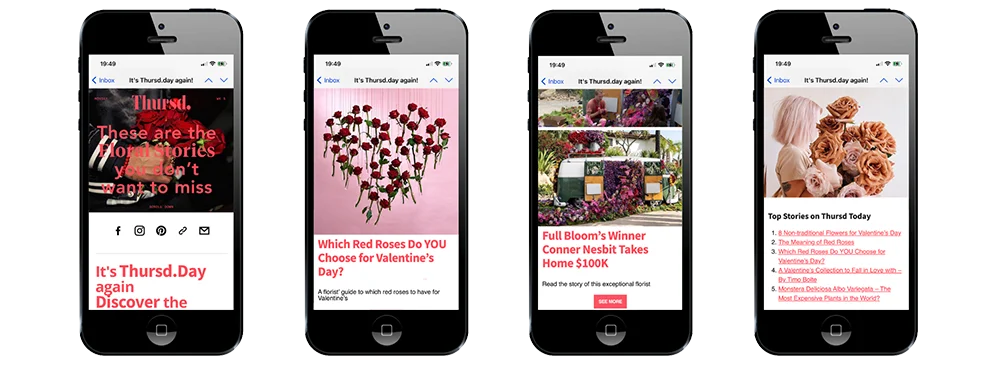In today’s world of digital floristry, your arrangements don’t just brighten homes — they light up social media feeds. Whether you’re building your brand, promoting your shop, or simply sharing your latest bouquet on Instagram, good photography makes all the difference.
A single photo can do what words can’t: show texture, emotion, and color in one instant. But capturing flowers well isn’t as easy as it looks. Harsh lighting, uneven colors, or messy backgrounds can dull even the most beautiful blooms. The good news? With a few techniques and the right tools, you can make your photos look polished, natural, and irresistibly vibrant.
Let’s go step by step and see how to capture your floral creations — and how to make them shine after the shoot.
You can find more knowledge here: Celebrate National Photography Day With Stunning Flower and Plant Photography

Bring Out the Best in Your Photos With a Smart Photo Enhancer
Before sharing your pictures, take a few minutes to fine-tune them. Small edits can completely transform how your flowers look online. You don’t need to be a professional — a good photo enhancer can handle most of the work for you.
One great option is PhotoWorks, an AI-powered photo editor that’s easy to use, even for beginners. It helps you fix lighting, adjust colors, and balance contrast in just a few clicks. Flowers depend on light and tone to show their beauty, and sometimes a camera doesn’t do them justice. That’s where a photo enhancer really shines.
Let’s say your pink roses look grayish because of indoor lighting. PhotoWorks’ “Auto Correction” tool can instantly brighten them, restore the real hues, and soften the shadows. You can also fine-tune things manually — make whites look clean, greens fresh, and petals smooth.
It’s fast, simple, and makes your photos look like they came from a professional shoot — even if they were taken on your phone.
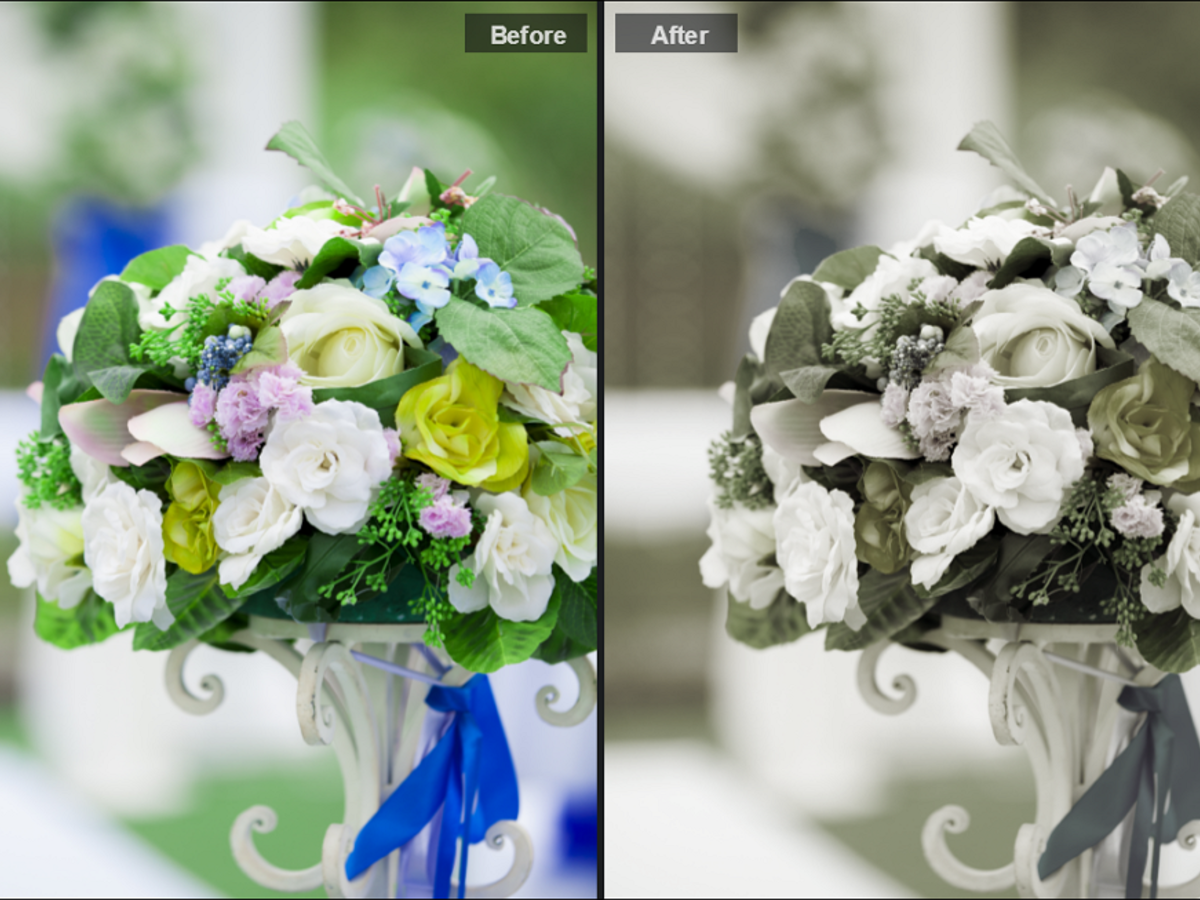
Highlight the Beauty: How to Blur the Background of a Photo
If you want your bouquet to really stand out, blur what’s behind it. A softly blurred background immediately draws the eye to your flowers and adds that professional, depth-filled look we all love.
You don’t need fancy lenses or expensive gear to get the effect. Editing can do the trick. Here’s how to blur the background of a photo in PhotoWorks: open your image, go to the “Tools” section, and choose “Blur Background.” Mark the area you want to keep sharp — your bouquet — and the program automatically softens everything else.
You can control how much blur you add and of which type: Bokeh, Radial, Motion, Smooth, or Zoom. A light blur gives a natural depth-of-field feel, while a stronger one isolates the subject completely. It’s especially useful if you’re shooting in a busy place — a crowded market, a workshop, or a garden full of distractions.
Once the background fades away, the focus shifts where it should be — to your flowers, their textures, and all the details that make your work special.

Capture the Magic: Basic Photography Tips for Florists
Even the best editing software can’t replace a great shot. With just a few habits, you can improve your photography right from the start.
1. Find the Right Light
Good lighting makes or breaks a floral photo. Natural light works best — it shows the real tones and soft textures of the petals. Try to shoot early in the morning or late in the afternoon, when the sunlight is warm and gentle.
Avoid harsh midday light; it flattens colors and creates deep shadows. Indoors, place your bouquet near a window with soft light. A white curtain or thin sheet can help diffuse the brightness. If you have one, use a whiteboard or even a sheet of paper to bounce the light back onto the flowers — it’s a simple trick that can make a big difference.
2. Explore Angles and Perspectives
Move around your arrangement. Shoot from above, from the side, or get close to capture the texture of the petals. Top-down shots work beautifully for flat designs like wreaths or floral tablescapes. A diagonal angle, on the other hand, adds movement and depth.
Don’t be afraid to include a bit of the story — a florist’s hand adjusting a stem, ribbons on the table, or tools nearby. These natural details make your photos feel alive and authentic.
3. Frame with Social Media in Mind
Social media loves clean, balanced images. Use the grid feature on your phone or camera to follow the rule of thirds — place your bouquet slightly off-center for a pleasing composition.
For Instagram, vertical photos (4:5) fill the screen and grab attention. On Facebook or websites, horizontal shots often work better. And always leave space around your arrangement — you can crop later, but you can’t fix a tight frame once it’s taken.
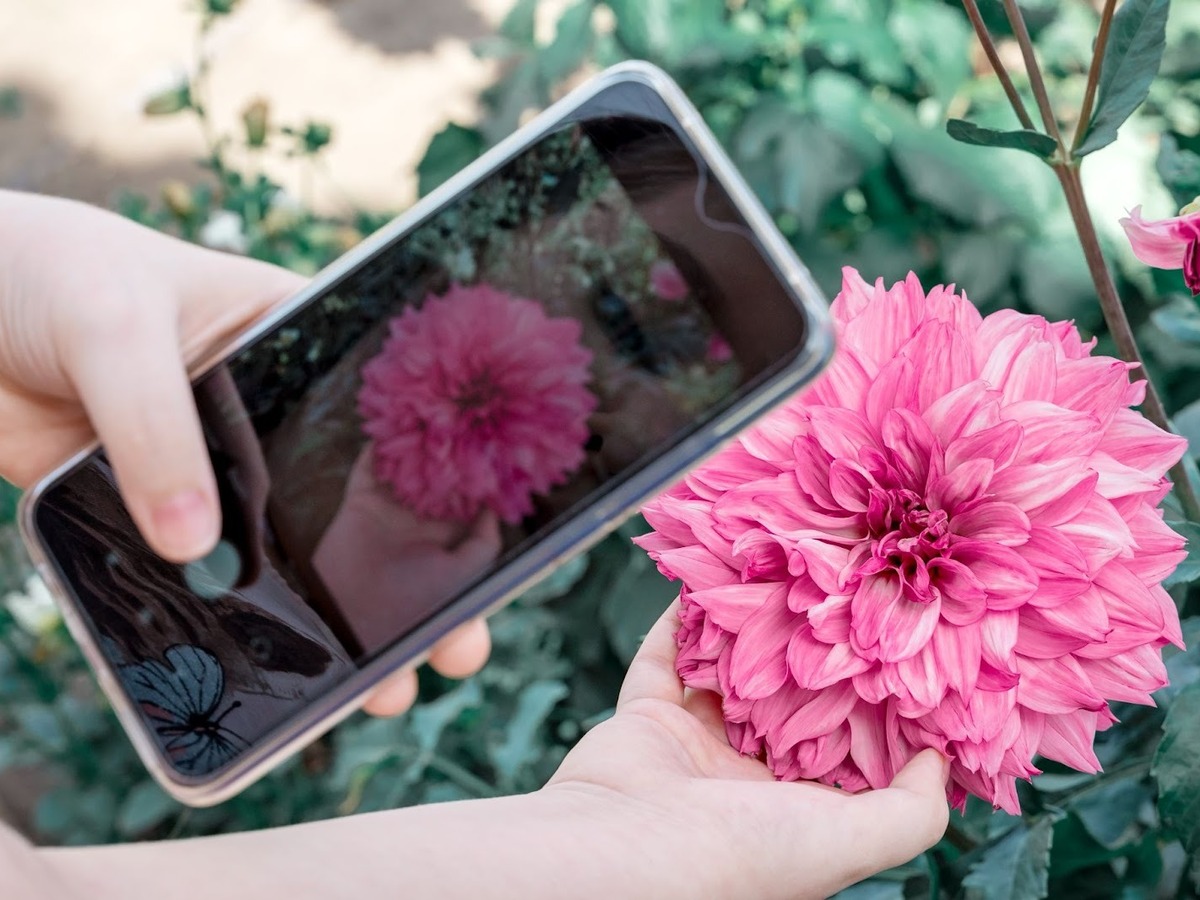
Editing for a Consistent, Beautiful Style
After capturing your photos, editing helps you shape your brand’s visual identity. Every florist has their own aesthetic — maybe you prefer pastel tones and soft focus, or bold, vibrant contrasts. Editing is how you bring that vision together.
PhotoWorks offers presets and filters that make this process quick. Try warm filters for cozy, romantic looks or cool tones for a clean, modern feel. Adjust clarity to make textures pop, or add a hint of contrast for a crisp finish.
Color correction is key, too. It helps maintain realistic tones — those subtle pinks, creamy whites, or rich purples that define your work. If your lighting is uneven, the “Curves” or “Exposure” tools can balance things out in seconds.
Consistency is important when you post regularly. Matching the brightness and tone across your photos gives your social media feed a professional, cohesive look.

Bonus Tips to Make Your Floral Photos Stand Out
- Keep it simple. A plain vase or soft fabric background often works better than a busy setup.
- Choose clean backgrounds. Neutral colors — white, beige, wood — let your flowers shine.
- Add personality. Show your hands at work, or leave a few petals scattered for a natural touch.
- Go easy on filters. Flowers already have perfect colors; too much editing can make them look fake.
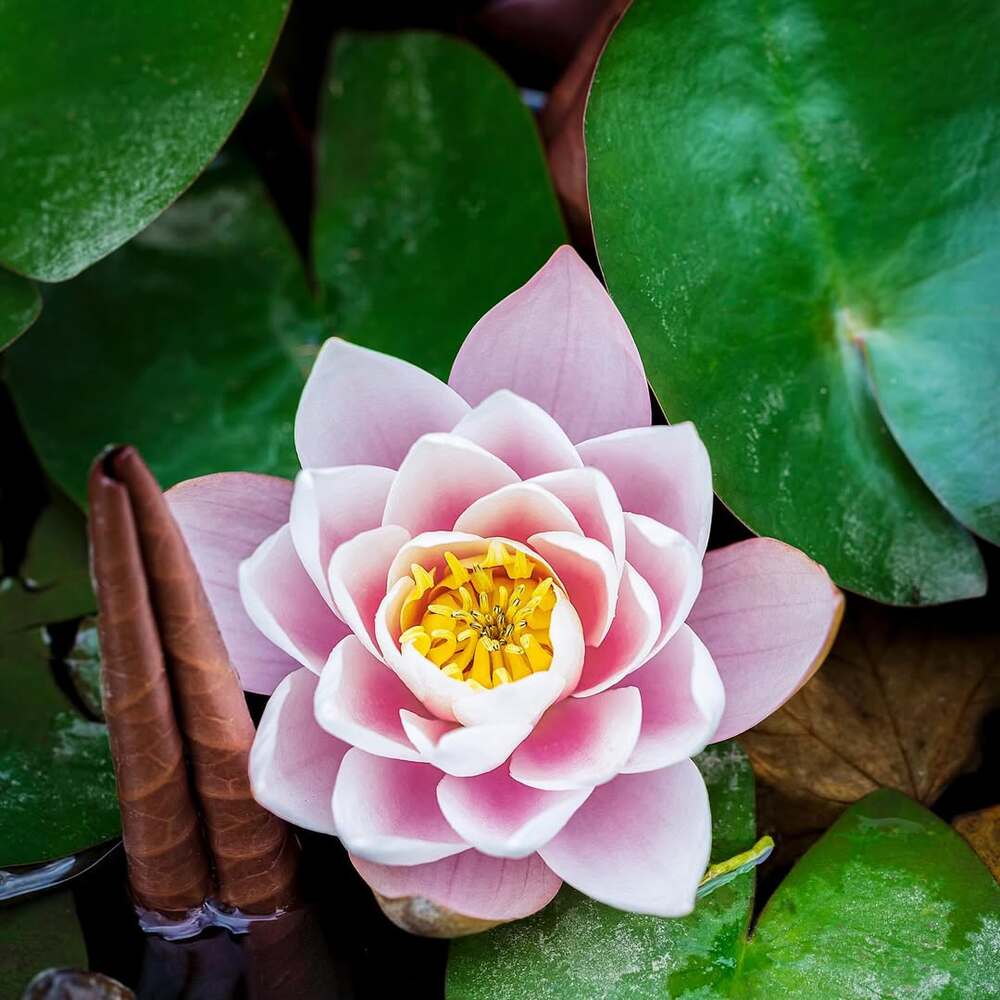
Why Great Photos Are Worth It
Good floral photography isn’t just about looking pretty — it’s about connection. Each image tells a story about your craft and your attention to detail. Often, a potential customer chooses a florist simply because one photo caught their eye.
That’s why learning to photograph and edit your work is such a smart investment. You don’t need a studio setup or years of training — just curiosity, patience, and the right tools. A photo enhancer like PhotoWorks can help you do more with what you already have.
When you photograph flowers thoughtfully, you’re sharing more than your creations. You’re showing the love, care, and artistry that go into every bouquet. So take your camera, find good light, and start experimenting. Your blooms deserve to be seen — and remembered.




